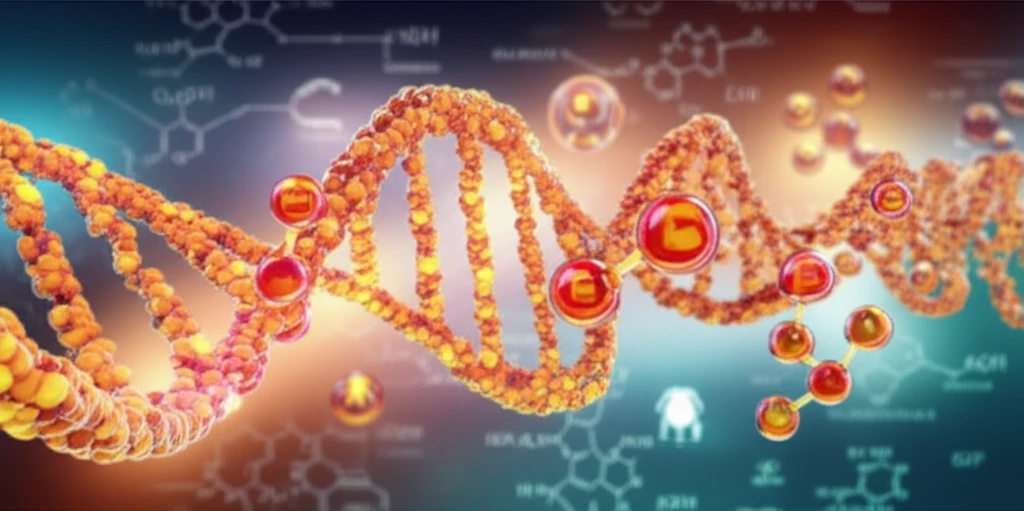
Vitamin E: Can Genetics Unlock Personalized Nutrition for Obesity?
"Unraveling the complexities of vitamin E metabolism and genetic variations for precision nutrition in obesity management."
Vitamin E (VE) isn't just one compound; it's a set of lipid-soluble compounds, tocopherols and tocotrienols. Tocopherols are the most common form consumed globally, with gamma-tocopherol dominating American diets and alpha-tocopherol in Europe. VE plays a vital role as an antioxidant, neutralizing free radicals by binding them, thanks to the hydroxyl group on its chromanol ring. This mechanism protects cellular lipids and DNA from oxidation and peroxidation.
Beyond its antioxidant capabilities, adequate VE intake can alleviate neuronal disorders like ataxia and oxidative-based conditions, such as cardiovascular disease, cancer, and cataracts. The European Food Safety Authority (EFSA) recognizes VE's role in safeguarding cells from oxidative damage. However, VE's health benefits extend beyond antioxidant properties, with different forms and derivatives modulating enzymes, affecting gene expression, and possessing immunomodulatory effects.
Recent research highlights VE's potential roles in obesity, cardiovascular disease (CAD), and metabolic-related diseases. Critical pathways in metabolic syndrome are influenced by VE, suggesting that adequate supplementation could aid in obesity prevention and management of associated comorbidities. However, there is a snag as clinical trials with VE supplementation yield conflicting results, and dietary reference values for VE in obese populations remain undefined.
Decoding Genetic Variants: A Path to Personalized Vitamin E Recommendations

The goal is to define nutritional guidelines that can address metabolic and obesity related effects. By considering bioavailability, catabolism, and function, strategies for vitamin E supplementation should consider genetic variability. There are four main areas of interest.
- CD36 (Cluster of Differentiation 36): Involved in fatty acid uptake and metabolism; genetic variants are associated with differences in creaminess perception and body weight.
- SR-B1 (Scavenger Receptor Class B Member 1): Mediates cholesterol transfer and VE uptake; genetic variations can influence plasma tocopherol concentrations.
- NPC1 (Niemann-Pick disease type C1): Crucial in the absorption of lipophilic compounds; mutations are associated with obesity and affect cholesterol and VE transport.
- ABCA1 (ATP-binding cassette transporter A1): Secretes VE into portal blood and affects HDL formation; genetic variants impact cholesterol transport and VE bioavailability.
The Future of Vitamin E and Personalized Nutrition
Vitamin E's recognized role in protecting cells from oxidative damage is just the tip of the iceberg, even though it seems like a full understanding of the metabolic targets of VE or its derivatives, as well as their mechanism of action, is still lacking. What is known though is critical pathways in obesity and metabolic syndrome may be under the influence of VE. To provide the best assistance with targeted recommendations and strategies, we need to know how to counteract the impaired bioavailability of VE
